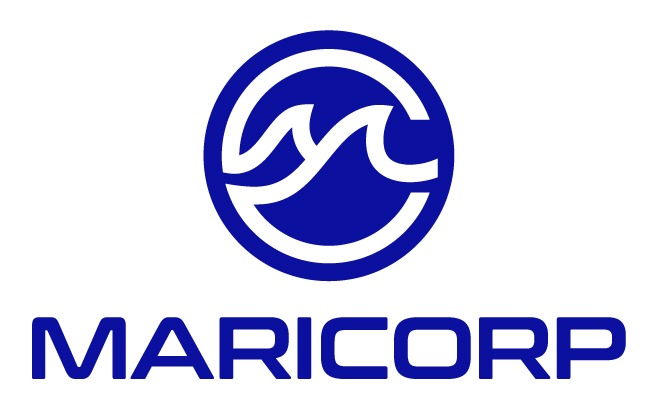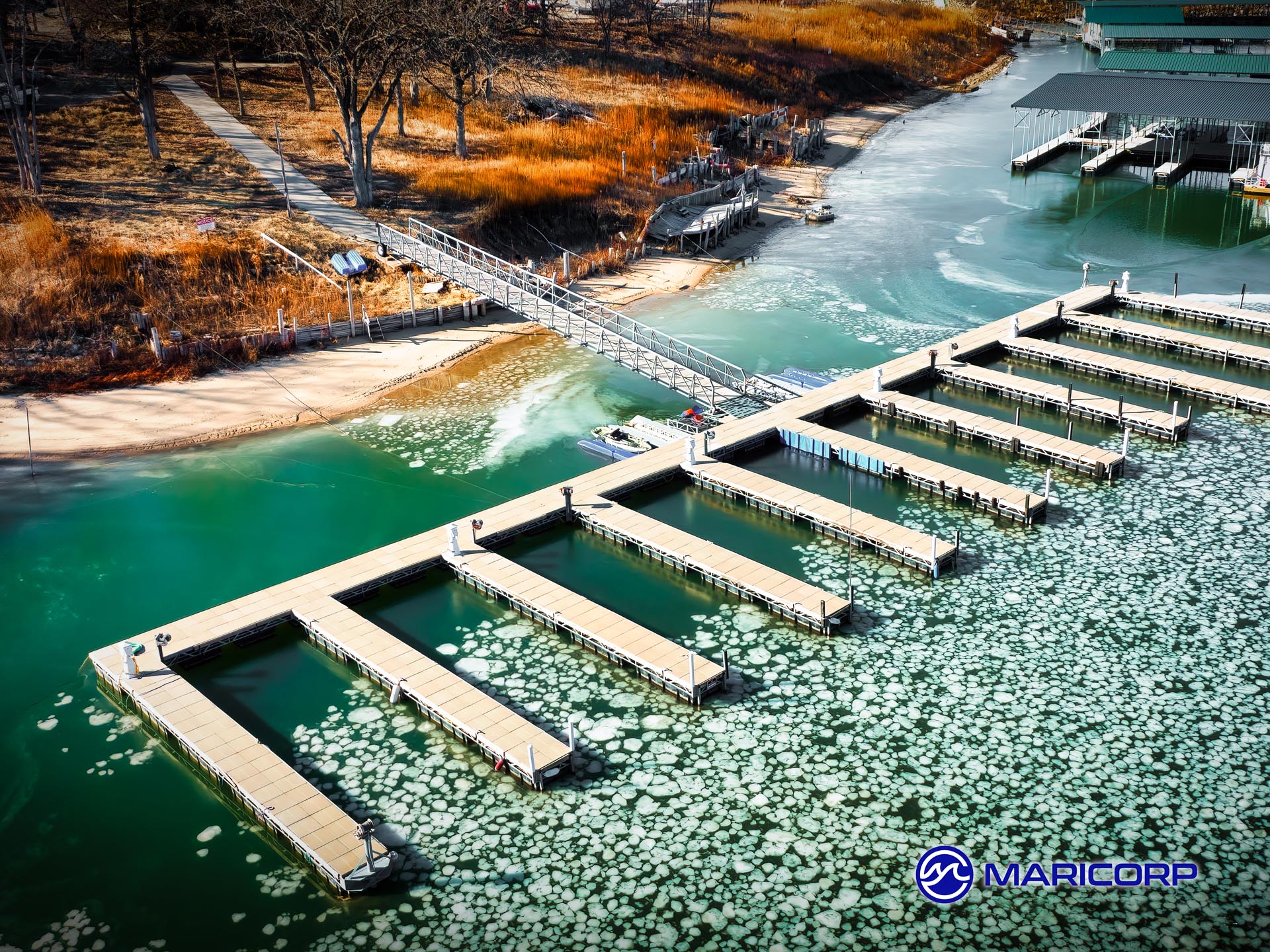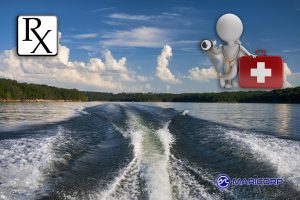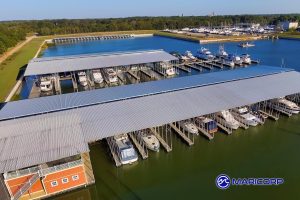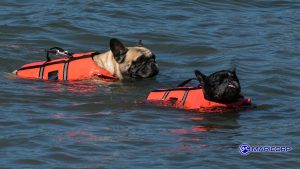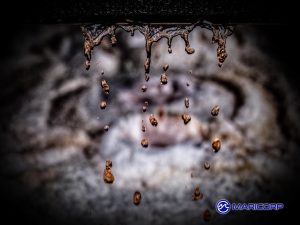Fall Marina Inspection: Smart Prep Before the Freeze
While temperatures begin to dip and boating activity slows, fall becomes the ideal time for marina operators to conduct a thorough walkthrough of all facilities. A comprehensive fall marina inspection doesn’t just help you catch wear and tear, it prevents costly winter damage, ensures safety, and supports operational efficiency. From dock structures to water lines and roof systems, a detailed seasonal walkthrough lays the groundwork for effective cold weather prep and a smoother spring reopening.
Whether you’re managing a large commercial property or a smaller regional facility, this guide outlines the most critical areas to examine during your fall marina inspection, along with key maintenance tips, documentation advice, and industry best practices.
Walk the Docks: Surface, Floatation, and Connections
Your docks bear the brunt of exposure; UV rays, wind, current, ice heave, and constant foot traffic. A thorough inspection in early to mid-October can surface issues before winter amplifies them.
Decking & Surface Hazards: Check for cracked, warped, or loose deck boards. In freeze-thaw climates, even minor surface damage can become a safety hazard by spring. Replace failing boards and verify non-slip coatings or materials are still effective in wet conditions.
Floatation Systems: Look for signs of listing, sagging, or uneven buoyancy. If your dock floats are waterlogged or degrading, replace them before ice season. Many manufacturers offer floats with built-in ice resistance, such as encapsulated EPS foam.
Hardware and Fasteners: Inspect cleats, bolts, washers, welds, hinges, and backing plates. Tighten or replace any that show rust, galvanic corrosion, or movement.
Gangways and Ramps: Ensure transition points from shore to dock are secure and allow for seasonal fluctuation in water levels. If snow accumulation is expected, check structural load ratings.
Consider creating a photographic record of all dock sections during your fall marina inspection to help identify shifting conditions over time.
Structural Elements: Roofs, Poles, and Anchorage Points
Beyond the docks themselves, structural supports and weatherproofing elements must be ready to handle snow loads, heavy wind, and freezing rain.
Roof Framing and Trusses: Inspect metal or wooden framing for signs of fatigue, water intrusion, or loose fasteners. Focus especially on joints, welded seams, and anchor points. A small roof leak in October can become a sheet of internal ice in January.
Roof Covers and Panels: Ensure panels, shingles, or fabric covers are intact and secured. If your marina uses standing seam or corrugated metal roofing, look for rust around screw heads and overlaps.
Upright Posts and Anchorage: Walk every section of your covered slips or overhead shelters. Are the vertical support posts plumb and rust-free? Are they secured into stable footings or concrete mounts?
Wave Attenuators & Breakwaters: These structures offer critical protection during high-wind events. Inspect anchoring chains, hinge points, and flotation chambers. A failing attenuator in winter can allow waves to break directly into your slips.
Tip: Use a checklist app or PDF tied to your marina’s layout to log each structural issue during your fall marina inspection, it speeds up reporting and follow-up maintenance.
Electrical Systems: Shutoffs, Pedestals, and Conduits
Cold weather and moisture infiltration can cause serious issues for marina electrical systems if left unaddressed. As part of your fall marina inspection, walk every active circuit, power pedestal, and panel box before temperatures drop below freezing.
Power Pedestals: Open each pedestal to inspect for signs of corrosion, loose wires, or pest intrusion. Check GFCI outlets for proper trip function and verify protective covers still seal completely. If snow is common in your region, note the elevation of each pedestal relative to plow paths and runoff zones.
Conduits and Junctions: Underground and overhead conduits should be checked for cracking, moisture, or physical damage. Where PVC pipe exits docks or buildings, ensure there’s no shifting or stress on fittings. Metal junction boxes need clean, dry gaskets and rust-free hardware.
Shore Power Disconnects: Test all circuit breakers, disconnects, and shutoff switches for smooth operation. If your marina shuts down pedestal power for the season, schedule final shutoffs before the first hard freeze. Tag any nonfunctioning breakers for immediate replacement.
Lighting and Security Systems: Replace any failed dock lights, timers, or motion sensors. Confirm your marina’s surveillance cameras are online and secured against wind gusts or pole movement. If you use solar lighting, clean all panels and remove any leaf buildup that could block the charge.
Even if your main systems stay energized year-round, documenting the condition of each electrical component during your fall marina inspection will make spring commissioning much faster and safer.
Water Systems: Plumbing, Pumpouts, and Winterizing Valves
Freezing water lines are one of the most common sources of seasonal damage in marinas. From cracked spigots to burst underground pipes, the financial and operational impacts can be significant. Mid to late October is the right window to identify vulnerabilities and plan shutdowns.
Dockside Plumbing: Walk all utility runs along the docks, checking for leaks, cracked insulation, or unsupported spans. If your facility uses quick-disconnect water risers, ensure every connection is clean, sealed, and not under tension. Remove any accumulated hose bibs and flush the lines before draining.
Pumpout Stations: Inspect gaskets, valves, and motor housings for signs of fatigue or seasonal wear. Clean and sanitize the vacuum lines, especially if they’ll be idle for several months. If your marina offers portable pumpout service, inspect all hoses and backup components before storing them indoors.
Building and Utility Lines: Restroom and shower facilities should be winterized based on occupancy forecasts. If you plan to keep them open into November, confirm that interior heating systems are operational and that all pipe runs are properly insulated.
Irrigation and Landscape Lines: Don’t forget nonstructural plumbing. Schedule a blowout of any irrigation systems before the first frost. Drain outdoor washdown stations or fountains to avoid ice buildup or cracked fittings.
If your operation serves a mix of full-time boaters and offseason storage clients, consider labeling all valves with use-by dates and signage. Clear communication, paired with physical walkthroughs, is key to proactive cold weather prep.
Grounds and Facility Prep: Roads, Signage, and Public Areas
Many marinas don’t shut down completely just because boats are off the water. Your property and grounds need just as much attention during a fall marina inspection, especially in areas that remain open to foot traffic through the winter months.
Paved Surfaces and Gravel Roads: Inspect asphalt and gravel lots for potholes, cracks, frost heave, and standing water. Fill minor surface defects now to avoid deeper and wider splits come spring. If snow removal will be performed, check that plowable routes are marked and unobstructed, and unlikely to cause any damage.
Signage and Wayfinding: Look for faded, cracked, or leaning signs. Replace any that may be covered by snowfall or early darkness. Make sure your dock and building signs are reflective or illuminated where needed, especially at high traffic intersections.
Fencing and Security Gates: Inspect gate hinges, locks, and motorized components. Cold weather can shorten the lifespan of electronic keypads and access points. Lubricate all gate hardware and secureƒ0 open perimeter fencing to deter offseason trespassing.
Trash Areas and Dumpsters: These can become major liability areas in winter. Make sure lids close fully, and that enclosures are braced for snow load and wind. If certain receptacles will not be in use, label and lock them or store them away.
Landscaping and Trees: Trim back any limbs overhanging docks, wires, or parking areas. Frozen limbs break easily and can cause avoidable damage. Remove any dead plant material before it becomes a slip hazard or snow trap.
This is also a good time to evaluate ADA accessibility in colder months. If ramps or restrooms remain open, check surface traction and weather resistance.
Communication Planning: Staff, Customers, and Signage
Even the most comprehensive fall marina inspection won’t be effective without clear communication. October is the right time to get ahead of service cutoffs, restricted access, and weather-driven delays.
Marina Staff: Hold a seasonal operations meeting to review results from your inspection and assign responsibilities. Make sure employees understand what and when services are being shut down, which facilities will remain open, and who is on call during cold weather storms or extreme winter conditions. Distribute printed checklists where needed and verify that contact numbers and methods are current.
Slip Holders and Storage Clients: Send an update with important dates and service changes. If power or water services will be shut off at the slips, give advance notice and place temporary signs at affected locations. Include reminders about winter covers, fuel levels, locker, and dock box cleanup. For dry storage customers, explain your final haul-out schedule and equipment availability rules during the offseason.
Vendor Coordination: If third-party contractors handle your fuel, pumpouts, or HVAC systems, make sure that all work is scheduled with enough time for delays. Check for any required winterization documents or contractor insurance are on file.
Public Signage: For marinas that remain partially open, update signs to reflect seasonal hours, restroom closures, or other winter impacts. If your marina is located in a park or communal space, work with the property owner or municipality on joint communications.
Clear, proactive messaging now helps reduce confusion, complaints, and safety risks later in the season.
Documentation and Follow-Up: What to Track Before Winter
A fall marina inspection isn’t just a checklist, it’s the foundation for your winter maintenance and spring readiness. Wrapping up the walkthrough with proper documentation and follow-up ensures all issues are addressed and nothing slips through the cracks.
Inspection Records: Use a standardized form or spreadsheet to log every issue, even if it’s minor or cosmetic. Take photos where possible, especially of structural, electrical, or plumbing components that could complications in freezing weather. If you use marina management software, upload inspection notes and attach them to the appropriate dock section or location record.
Service Scheduling: Identify which tasks must be completed before winter sets in and which can be delayed until early spring. Assign due dates, vendors, and responsible staff to each project. If you’re running tight on time or low on budget, prioritize customer safety, utilities, or liability.
Parts and Supplies: Track the inventory you’ll need for repairs and place orders well before weather delays become a factor. Items like heat tape, replacement cleats, and new dock lighting often go out of stock in November.
Next Season Planning: Flag any recurring problems for capital improvement review. If you’re noticing repeat failures in plumbing insulation or wave attenuator movement, those should be fast-tracked to your long-term improvement list.
One last pass in late October or early November can help double-check that critical have been taken care of. That final cold weather prep walk often makes the difference between a smooth spring opening and an expensive winter failure.
Additional Fall Maintenance Articles:
*Sign up for our free newsletter “Marina Management Journal” so you can stay up to date
About MariCorp
Maricorp is one of the largest floating boat dock manufacturing and construction companies in the United States, specializing in galvanized steel floating docks and boat lift systems. With projects spanning coast-to-coast, Maricorp provides marina consultation and design, marine construction, marina repair and renovation, and boat dock disaster response and demolition.
